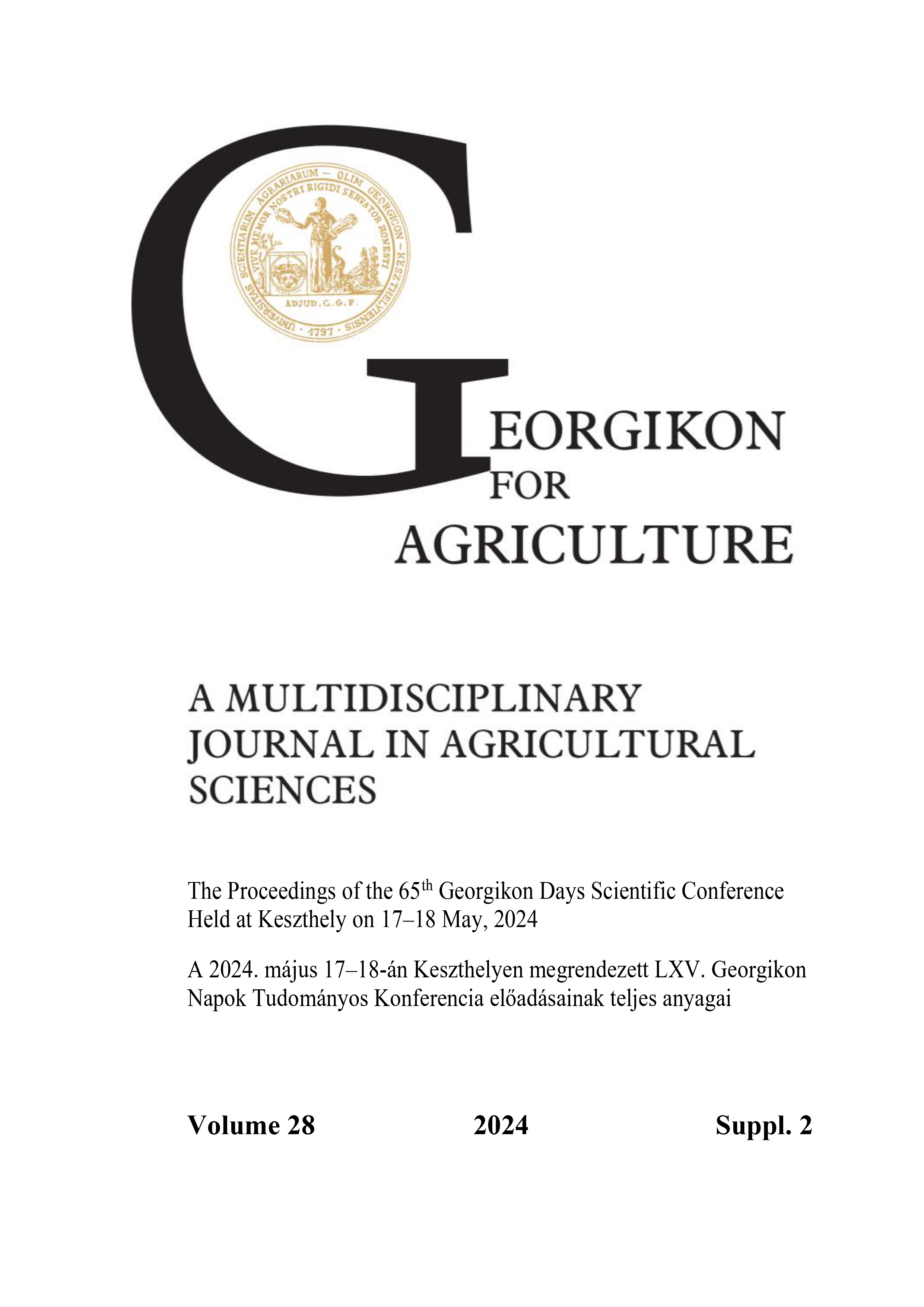A Fülöp-szigetek őslakosai által használt gyógynövények
Kulcsszavak:
Fülöp-szigetek, őslakosok, aetas, mezőgazdaság, növénygyógyászatAbsztrakt
Az aeták ősi őslakosok a Fülöp-szigeteken. A Fülöp-szigetek egyik legkorábbi lakosának tartják őket, akik az elmélet szerint az ausztráliai őslakosokkal rokonok. Több tízezer éve a szigeten élve tanúi voltak a táj és az ökoszisztéma apály- és dagályának. E változások során az aeták büszkék arra, hogy saját életmódjukat különböztetik meg a Fülöp-szigeteken élő többi etnikai csoporttól. Mivel Pampang síkságain, hegyeiben, tavain és partjain éltek, a táj formálta az Aeta identitását. Az Aeták életmódjukat szorosan a környező természeti környezetből építik a túlélés és a kikapcsolódás érdekében. Úgy gondolják, hogy az aeták eredetileg vadászatból és gyűjtésből élnek. Az évek során fejlesztették a mezőgazdaságot, különféle célú növényeket termesztenek. Az egyik ilyen cél az orvostudomány. A Fülöp-szigeteken a növényi gyógyászat régóta általános és elfogadott módszer a betegségek kezelésére. Ez a kutatás a gyógynövények témájával foglalkozik, hogyan segíti az Aetákat életmódjuk fenntartásában, és remélhetőleg továbbadja ezt a tudást a következő generációknak.
Hivatkozások
Datiles, M., Heinrich, M. 2013. Living on a volcano: medicinal plant uses of the Nabuclod Aeta, Mount Pinatubo, Philippines [Abstract]. Planta Medica 79 (13), 1257. http://dx.doi.org/10.1055/s-0033-1352382 (PN 39. Print).
Dela Cruz, P., Ramos, A.G. 2006. Indigenous Health Knowledge Systems in the Philip pines: A Literature Survey. Paper presented at the XIIIth CONSAL Conference, Manila, Philippines
Larena, M., et al. 2021. Philippine Ayta possess the highest level of Denisovan ancestry in the World. Current Biology 31, 4219–4230 Published by Elsevier Inc. https://doi.org/10.1016/j.cub.2021.07.022
Madulid, D.A., Gaerlan, F.J M., Romero, E.M., Agoo, E.M.G. 1989. Ethnopharmacological study of the Ati tribe in Nagpana, Barotac Viejo, Iloilo. Acta Manilana 38, 25–40.
Molintas, J.M. 2004. The Philippine Indigenous peoples; struggle for land and life: challeng ing legal texts. Arizona Journal of International & Comparative Law 21 (1), 269–306.
Pablo, C.G.C., 2019 Botika sa Kalikasan: Medicinal Plants Used by Aetas of Sitio Parapal Hermosa Bataan, Philippines. Journal of Social Health 2 (1), pp 101–127.
Zayas, C.N. 2008. Trade and patronage of Ati material medica in the Visayas. In: Paz, C.J. (Ed.), Ginhawa, Kapalaran, Dalamhati (Essays on Well-being, Opportunity/ Destiny and Anguish). University of the Philippines Press, Quezon City, pp. 66–86.
Letöltések
Megjelent
Folyóirat szám
Rovat
License
Copyright (c) 2024 Rebamofil Bayot II, Zsolt Miklós Szilvácsku, Ammar Auda, Mayte Alejandra Cuesta Tabares

This work is licensed under a Creative Commons Attribution-NonCommercial-NoDerivatives 4.0 International License.
The articel is under the Creative Commons 4.0 standard licenc: CC-BY-NC-ND-4.0. Under the following terms: You must give appropriate credit, provide a link to the license, and indicate if changes were made. You may do so in any reasonable manner, but not in any way that suggests the licensor endorses you or your use. You may not use the material for commercial purposes. If you remix, transform, or build upon the material, you may not distribute the modified material. You may not apply legal terms or technological measures that legally restrict others from doing anything the license permits.




 Georgikon for Agriculture
Georgikon for Agriculture